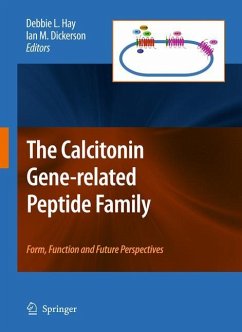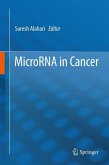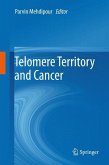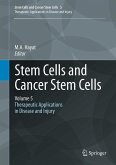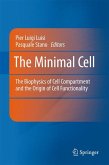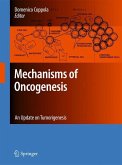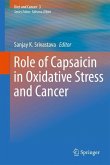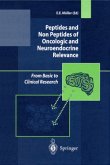In 1925, J. B. Collip (1925) reported that extracts of parathyroid gland contained an activity that raised calcium levels in the blood of parathyroidectomized animals, and suggested that this was due to a hormone produced in the parathyroid gland. The story of parathyroid hormone discovery was indicative of ever-increasing sophistication in sample preparation and protein isolation techniques. This paper resolved earlier controversies over the function of the parathyroid glands and c- trol of blood calcium. The year 1961 was a banner year for parathyroid research, in which the peptides parathyroid hormone and calcitonin were purified, and in which it was suggested that calcitonin could lower blood calcium (Copp and Cameron 1961). In 1982 it was discovered that in neurons the primary RNA transcript for calcitonin could be alternatively-spliced to give calcitonin gene-reated peptide (CGRP), and shortly thereafter amylin (previously named islet amyloid polyp- tide, IAPP) was identified and shown to have homology to CGRP. Since then a and b CGRP have been delineated and adrenomedullin and intermedin discovered, and this family of homologous peptides has emerged. This family of peptide hormones has a diverse and constantly expanding range of important physiologic functions, including regulation of blood calcium, vascular tension, feeding behavior and pain recognition.
